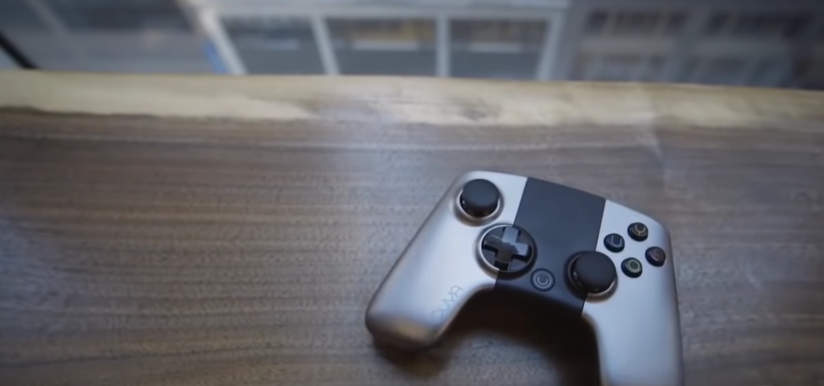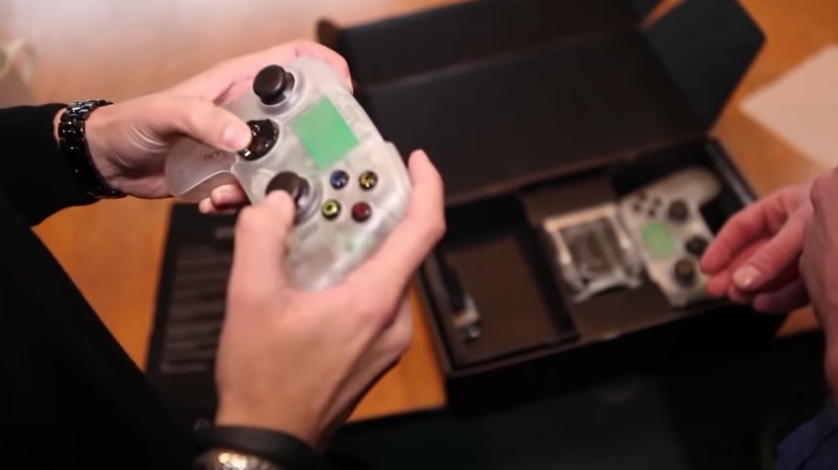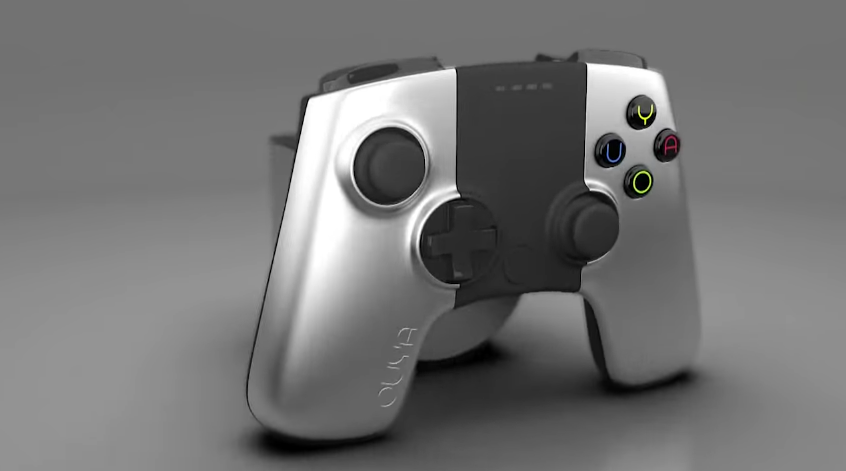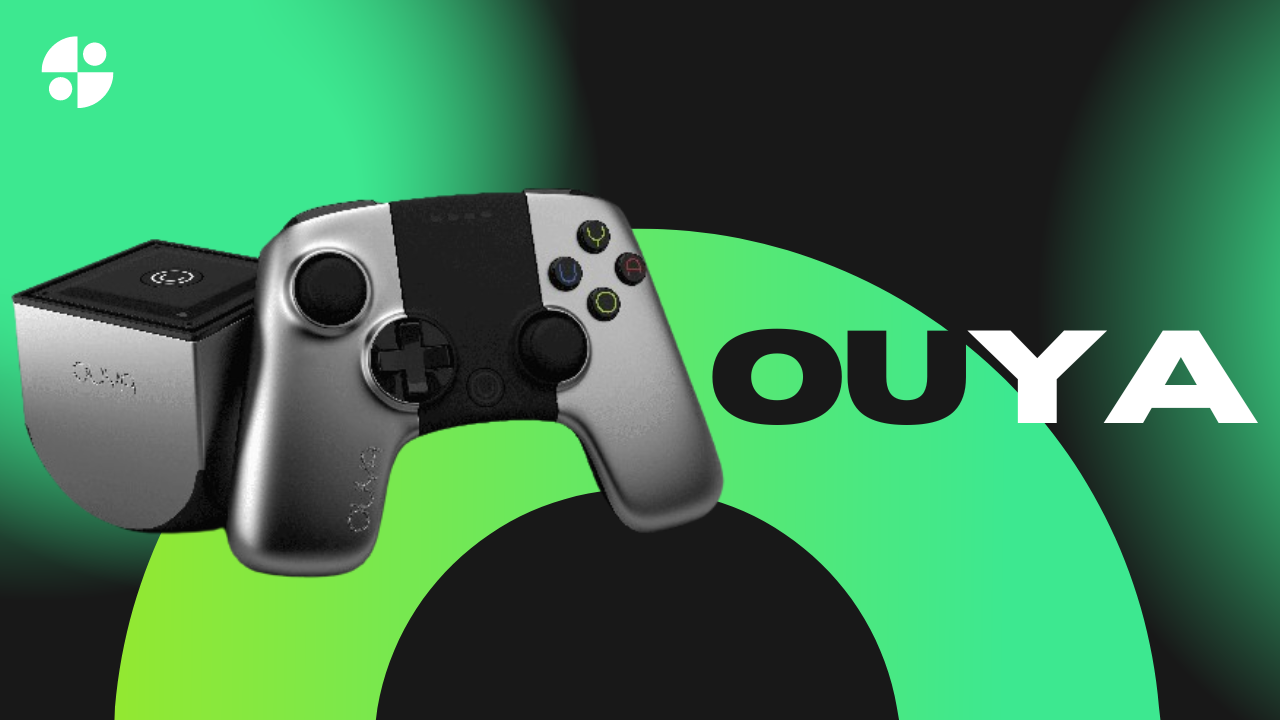Ouya: Analyzing the Ascent and Decline of the Gaming Console
- 1 Key Specifications Of Ouya
- 1.1 Ouya’s Origin and History
- 1.2 Features of Ouya Gaming Console
- 1.3 Ouya’s Unique Selling Points
- 1.4 Ouya’s Impact on the Gaming Industry
- 1.5 Ouya’s Game Library and Developers
- 1.6 Challenges and Controversies Surrounding Ouya
- 1.7 The Demise of Ouya
- 2 Pros and Cons of Ouya
- 3 Conclusion
In Short:
- Announced to disrupt the industry with an Android platform, which was the least priced, the Ouya game console resulted from a Kickstarter campaign that was fully funded and reached over $8.5 million.
- Coming as a 3′ cube by itself, the Ouya is. In contrast, it has an open gaming environment, which is the cheapest console game to all other console games and allows free downloads of any game.
- The biggest problems Ouya faced involved design (poor controller, limited games and software, and technological issues like a weak Wi-Fi chip), but it initially looked promising.
- The fate of Ouya indicates that the immersive nature of the gaming trials is becoming less attractive. Thus, this can be considered a warning to the other players, who have no guarantees of stability and success in the heavily competitive gaming industry.
From the beginning, Ouya, the Android game platform, was built on a successful Kickstarter campaign, which raised more than $8.5 million following the path of ambition. Ouya, the startup, had the mission to make gaming affordable and open-source to a broader audience regardless of the phrase it put forward of a revolutionary platform. Ouya’s narrative springs from a powerful beginning. Despite that, further investigation gives evidence that this is not the case. It is a story of not kept promises. It narrates how this company failed in product design and stayed afloat in a highly competitive industry. The entire period will be analyzed in this evaluation from its beginning to the end. It will show the inner essence of the Ouya, give its strong sides, determine the consequences it brought to the market, provide the problems it faced, and explain the reasons for this failure.
Key Specifications Of Ouya
| Specification | Details |
| Processor | Nvidia Tegra 3, Quad-core 1.7GHz Cortex-A9 |
| GPU | Nvidia Tegra 3 GPU |
| RAM | 1GB DDR3 |
| Storage | 8GB internal flash storage |
| External Storage | USB 2.0 support |
| Connectivity | Wi-Fi 802.11 b/g/n, Bluetooth 4.0 |
| Ports | HDMI, micro USB, USB 2.0, Ethernet |
| Video Output | 1080p HD |
| Controller Connectivity | Bluetooth |
| Operating System | Android-based (Custom Ouya OS) |
| Dimensions | 75 mm x 75 mm x 82 mm |
| Weight | 300g |
| Power | 12V, 2.5A |
| Price | $99.00 |
Ouya’s Origin and History
The Ouya concept originated within Boxer8, a small video game company founded by Julie Uhrman. Seeing an opportunity in the growing mobile and indie gaming market, the team designed the Ouya as an open, hackable console that would bring free-to-play mobile and indie PC games to the TV.
The Ouya concept gained attention and funding via Kickstarter in 2012. The campaign shattered records, raising over $8.5 million on a goal of just $950,000, demonstrating enthusiasm for an inexpensive indie-focused console. Units began shipping to Kickstarter backers in 2013 before a wider retail launch.
Features of Ouya Gaming Console

The Ouya console is a small 3-inch grey cube designed by Yves Béhar that connects via HDMI to a TV. It is powered by a 1.7 GHz Nvidia Tegra 3 quad-core ARM processor with 1 GB RAM and 8 GB internal storage. The console runs a customized Android 4.1 Jellybean OS.
The system comes bundled with one wireless controller. Resembling an Xbox 360 controller, it features two analogue sticks, a directional pad, 4 face buttons, 4 shoulder buttons, and a touchpad. The controller connects via Bluetooth but suffers from lag, dead zones, and poor ergonomics.
Ouya’s Unique Selling Points
As a crowdfunded, Android-based console selling for only $99, Ouya aimed to distinguish itself through:
- Price – At $99, it was far cheaper than other gaming consoles at the time.
- Indie Focus – Ouya courted small independent developers and offered an open game distribution platform.
- Free Trials – All Ouya games were required to have some free content, allowing customers to try before they buy.
- Hackability – As an Android device, Ouya was designed to be easily hacked and modified by developers and enthusiasts.
Ouya’s Impact on the Gaming Industry

As one of the first crowdfunded gaming hardware projects, Ouya demonstrated the potential of alternatives to traditional console launches. However, its poor execution was a cautionary tale about the difficulty of breaking into the console market against established players like Sony, Microsoft, and Nintendo.
Still, Ouya helped accelerate the trend toward indie games and free trials on consoles adopted by those major players. It also fueled the rise of micro-consoles like Amazon’s Fire TV.
Ouya’s Game Library and Developers
Ouya attempted to attract smaller independent developers who could not access closed platforms like Xbox and PlayStation. Hundreds of games were launched on Ouya, mostly ports of existing mobile titles, emulators, and media apps.
However, Ouya failed to score ports or exclusives from larger studios. Combined with underpowered hardware and controller issues, Ouya couldn’t deliver compelling gaming experiences to match full-fledged consoles and thus struggled to build a sustainable game library and developer ecosystem.
Challenges and Controversies Surrounding Ouya
Despite raising significant funding, Ouya faced criticism for mismanaging funds and failing to deliver on promises to backers and developers:
- Delivery issues – Many early Kickstarter backers had to wait longer than expected to receive their Ouya units.
- Lack of exclusives – Ouya failed to secure exclusive content to attract buyers, and there were no system-selling games at launch.
- Poor hardware – Underpowered specs and controller issues hampered the gaming experience.
- No funding for exclusives – Despite flush crowdsourced funds, Ouya offered a little financial incentive for exclusive game development.
- Lack of advertising – Ouya failed to market itself to compete with established consoles.
The Demise of Ouya

Launching in the face of stiff competition from Sony, Microsoft, and Nintendo proved fatal. Lagging hardware specs, controller issues, scant exclusive games, and general software problems plagued the system. Unable to sustain developer or consumer enthusiasm, Ouya units and support were discontinued in 2019.
In the console space, inexpensive alternatives cannot survive on price alone. Competitive hardware and exclusive, compelling software remain critical to success. Still, elements of Ouya’s ethos persist, from free game trials to the rise of cloud gaming lowering barriers.
Note: The Ouya game console, previously lauded for its inexpensive Android-based approach, failed owing to design problems. Its poor controller, graphics, and game collection made it uncompetitive. It struggled with technical difficulties, such as a poor Wi-Fi chip. Ouya is a cautionary story in the game business about breaking traditions and reaching high expectations despite its ambitious ambitions.
Pros and Cons of Ouya
| Pros | Cons |
| Low $99 price point | Underpowered hardware compared to competitors |
| Attracted many indie developers | Poor controller design and lag |
| All games offered free trials | Lacked appeals exclusives at launch |
| Insufficient marketing and consumer awareness | |
| Unable to build a sustainable game library | |
| Controller Sensitivity and Responsiveness Issues |
Conclusion
It turned out Ouya was a failed project that was good in principle. Even with the early euphoria of Kickstarter’s success, the system did not have enough design strength to surpass major design flaws, lack of games, and considerable hardware problems. At the same time, Ouya’s final destruction demonstrates the fact that in the world of the game business, ambition is not enough for success just because the device was created to democratize gaming through affordability and an open environment. Ouya exits, bidding farewell to the legacy of unfulfilled promises that reveal the struggle those who stand up for game development face against the current trend.
FAQs
Is Ouya still available for purchase?
Ouya is no longer available for purchase as the platform faced challenges and ultimately ceased operations.
Do Ouya’s software upgrades fix issues?
The assessment notes that Ouya intended regular software upgrades to fix system faults, but their efficacy could have been clearer.
Why did Ouya fail?
Ouya died due to a poor Wi-Fi chip, a limited game library, and a buggy controller.
Did Ouya have famous games?
Some games were great, but the library needed to be more low-profile and polished.
Is there an Ouya successor?
Ouya’s flaws prevented it from succeeding in the competitive gaming sector. Hence, there is no direct successor.

















